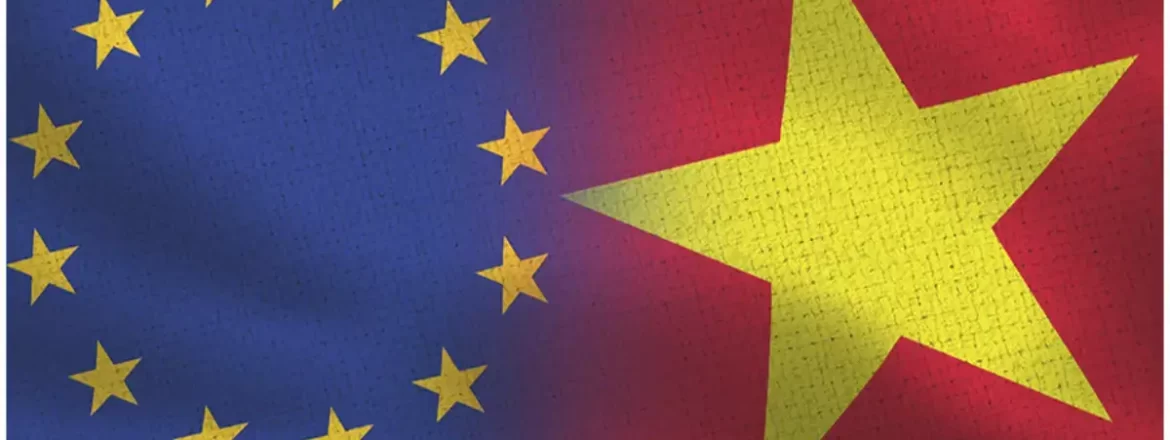EVFTA member countries: Updated list for 2025
The EU–Vietnam Free Trade Agreement (EVFTA) is a cornerstone of Vietnam’s economic integration with Europe. This next-generation free trade agreement entered into force on August 1, 2020 and continues to shape trade opportunities today.
In this post, we explore the updated list of EVFTA member countries, clarify its scope, and underscore its strategic importance for businesses in both Vietnam and the EU.
What is EVFTA?
EVFTA stands as a meticulous trade pact between Vietnam and the European Union (EU)-covering trade in goods, services, and investment. It aims to:
- Eliminate 99% of tariffs between the parties
- Simplify regulatory barriers and enhance market access
- Safeguard geographical indications (such as Madeira, Champagne, etc.)
- Improve public procurement access and enforce compliance standards
| Item | Details |
| Agreement Name | EU–Vietnam Free Trade Agreement (EVFTA) |
| Effective Since | August 1, 2020 |
| Member Countries | 27 EU Member States + Vietnam |
| Excluded Entities | EFTA States (e.g., Switzerland, Norway) |
| Benefits | Tariff reduction, market access, EUR.1 forms, sustainability safeguards |
| Investment Treaty Status | Pending completion of ratification |
EVFTA member countries: who’s included?
The agreement includes:
- All 27 EU Member States, as of 2025.
- The Socialist Republic of Vietnam itself.
In other words, the EVFTA does not encompass any non-EU European countries; it excludes members of the wider European Free Trade Association (EFTA)-i.e., Iceland, Liechtenstein, Norway, and Switzerland-unless they separately negotiate their own trade agreements
List of EU member states (2025)
Here’s a full list of the 27 EU countries that are part of EVFTA:
| Austria | Belgium | Bulgaria |
| Croatia | Cyprus | Czech Republic |
| Denmark | Estonia | Finland |
| France | Germany | Greece |
| Hungary | Ireland | Italy |
| Latvia | Lithuania | Luxembourg |
| Malta | Netherlands | Poland |
| Portugal | Romania | Slovakia |
| Slovenia | Spain | Sweden |
These are the countries whose exporters and investors reap the benefits of EVFTA through tariff reductions, smoother market entry, and regulatory alignment.
Why the clarification matters
There’s sometimes confusion when Vietnam negotiates or signs other FTAs-such as with EFTA-that threatens to blur which European states are included in EVFTA. However, EVFTA is strictly between Vietnam and the 27 EU Member States-no EFTA members are part of this agreement unless separately included in a separate agreement
Benefits for member countries
For Vietnam:
- Major industries such as textiles, footwear, seafood, and agriculture benefit from tariff elimination and improved access to EU markets
- Exports receive formal recognition of origin through EUR.1 forms, a requirement to enjoy preferential duty treatment under EVFTA
- This agreement contributes significantly to GDP growth-Vietnam’s Ministry forecasts EVFTA could boost GDP by around 15% by 2035
For EU member states:
- Enhanced access to a growing Southeast Asian market
- Preferential access to goods and services from Vietnam with reduced customs and regulatory burdens
- EVFTA includes significant clauses on sustainability, labor standards, and intellectual property-creating a more modern and enforceable trade framework
For 2025, the EVFTA continues to include the 27 EU Member States and Vietnam. The agreement unlocks opportunities across trade, investment, and regulatory standards, strengthening economic ties between Vietnam and Europe.



